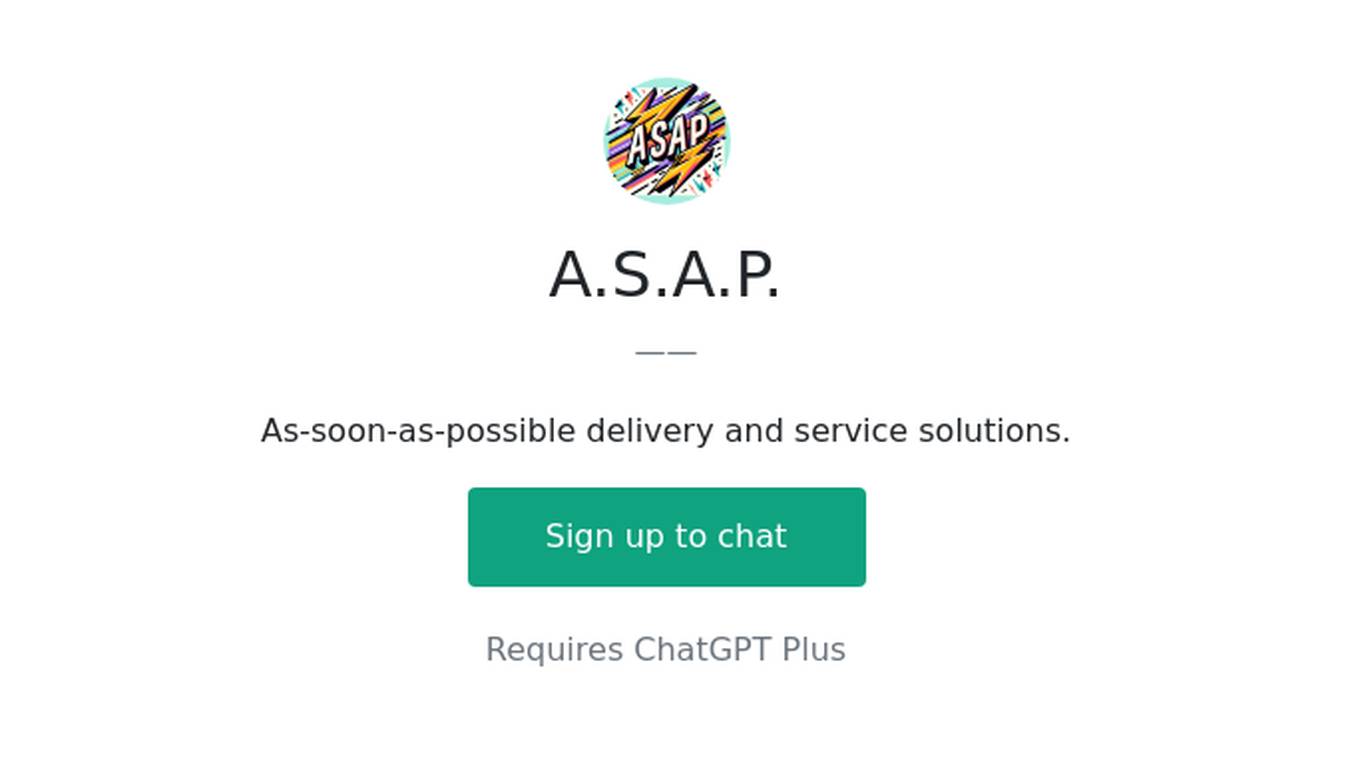Best AI tools for< Ap Government Teacher >
Infographic
11 - AI tool Sites
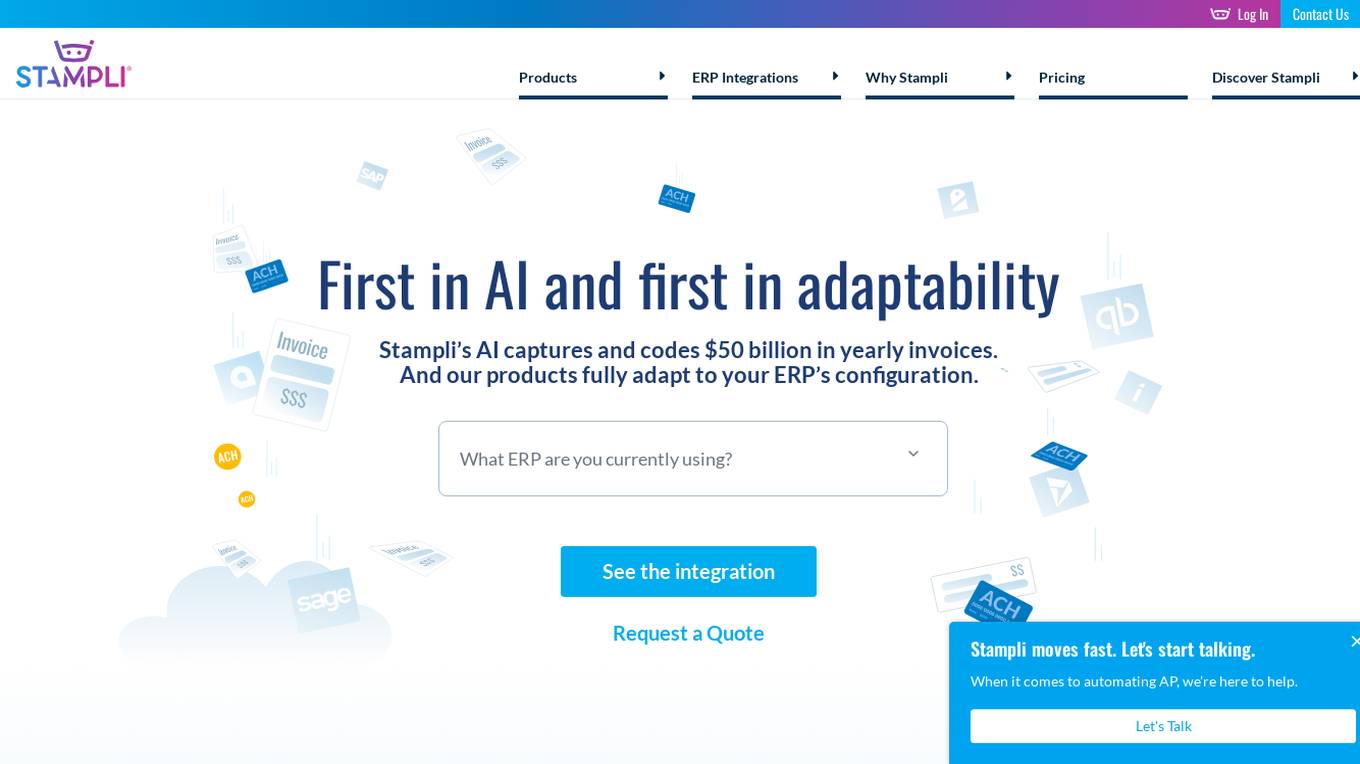
Stampli
Stampli is a leading AP Automation & Invoice Management Software that streamlines financial processes by automating invoice processing, vendor engagement, and expense management. With advanced AI capabilities, Stampli offers fast deployment, easy integration with popular ERPs, and smart features like Billy the Bot for automating manual tasks. Stampli provides visibility and control over the entire invoice lifecycle, making AP automation efficient and accurate. The platform also offers integrated products for payments, vendor management, and insightful analytics for audit readiness.
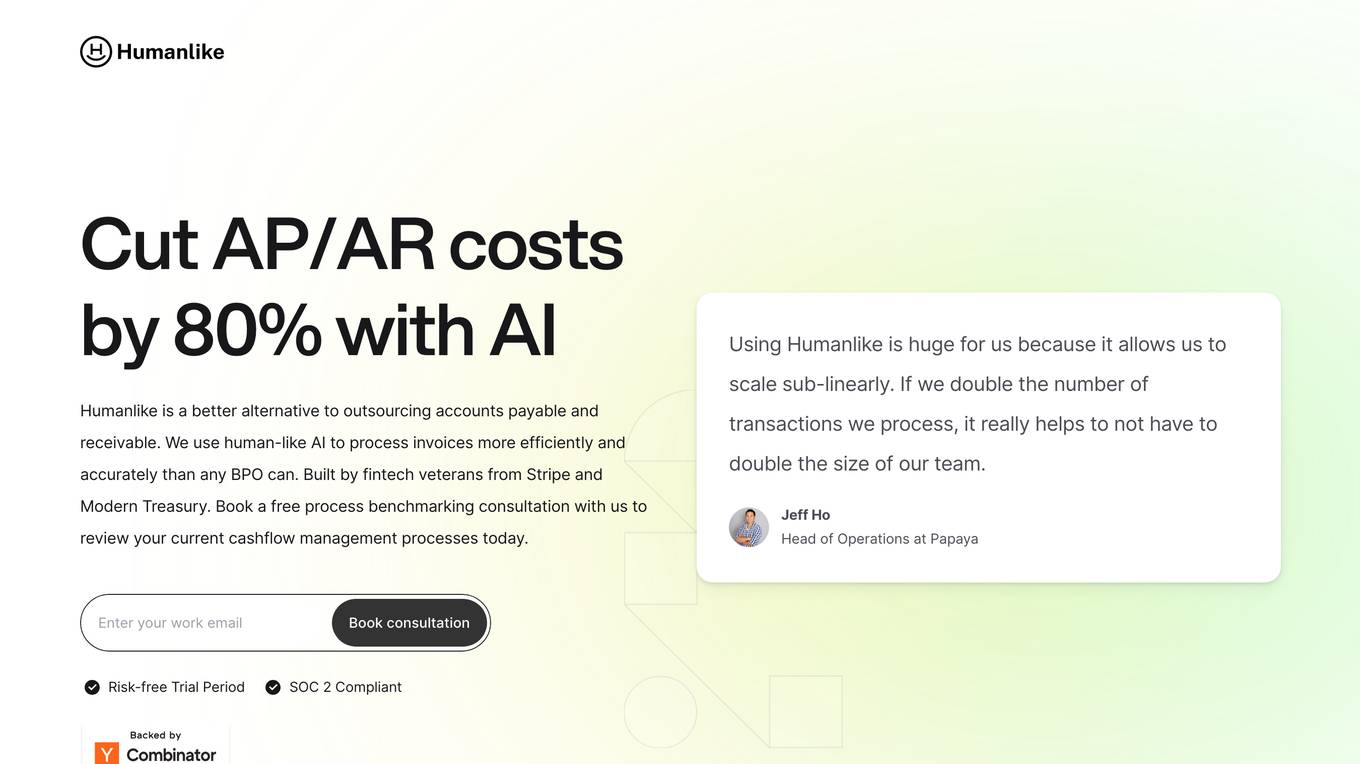
Humanlike
Humanlike is an AI-powered AP/AR tool that helps businesses cut AP/AR costs by 80%. It offers a better alternative to outsourcing accounts payable and receivable by using human-like AI to process invoices efficiently and accurately. Developed by fintech veterans from Stripe and Modern Treasury, Humanlike streamlines cashflow management processes, allowing businesses to scale sub-linearly and grow without increasing headcount. The tool provides a risk-free trial period, is SOC 2 compliant, and boasts features such as 24/7 availability, 4-week implementation time, and an average cost reduction of 80%. With Humanlike, businesses can shorten cycle time, automate exception handling, and significantly reduce AP/AR processing costs.
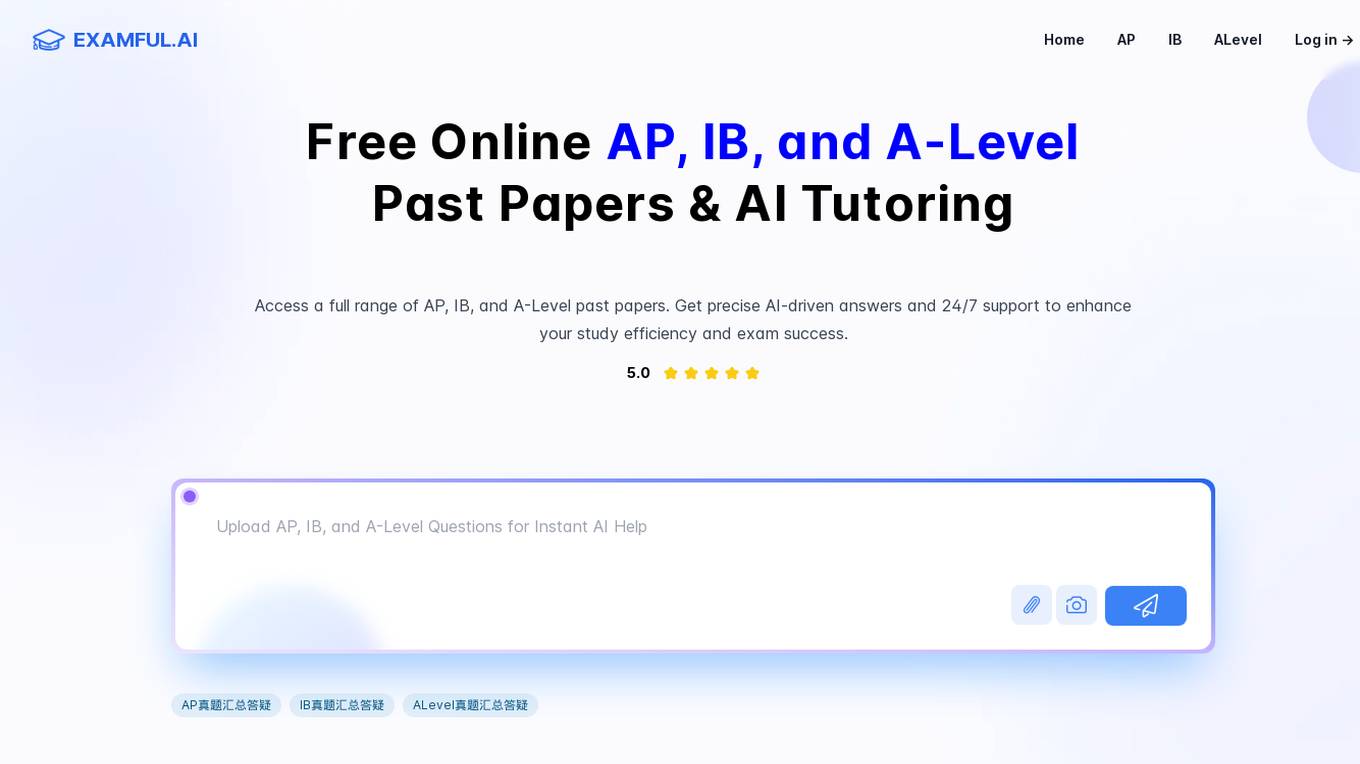
ExamFul.ai
ExamFul.ai is a free online platform that provides access to a full range of AP, IB, and A-Level past papers along with AI tutoring services. The platform offers personalized assistance through AI-driven answers and 24/7 support to enhance study efficiency and exam success. With a vast collection of past papers and expert educator support, ExamFul.ai aims to empower students to excel in their exams by providing accurate solutions and detailed explanations for complex problems.
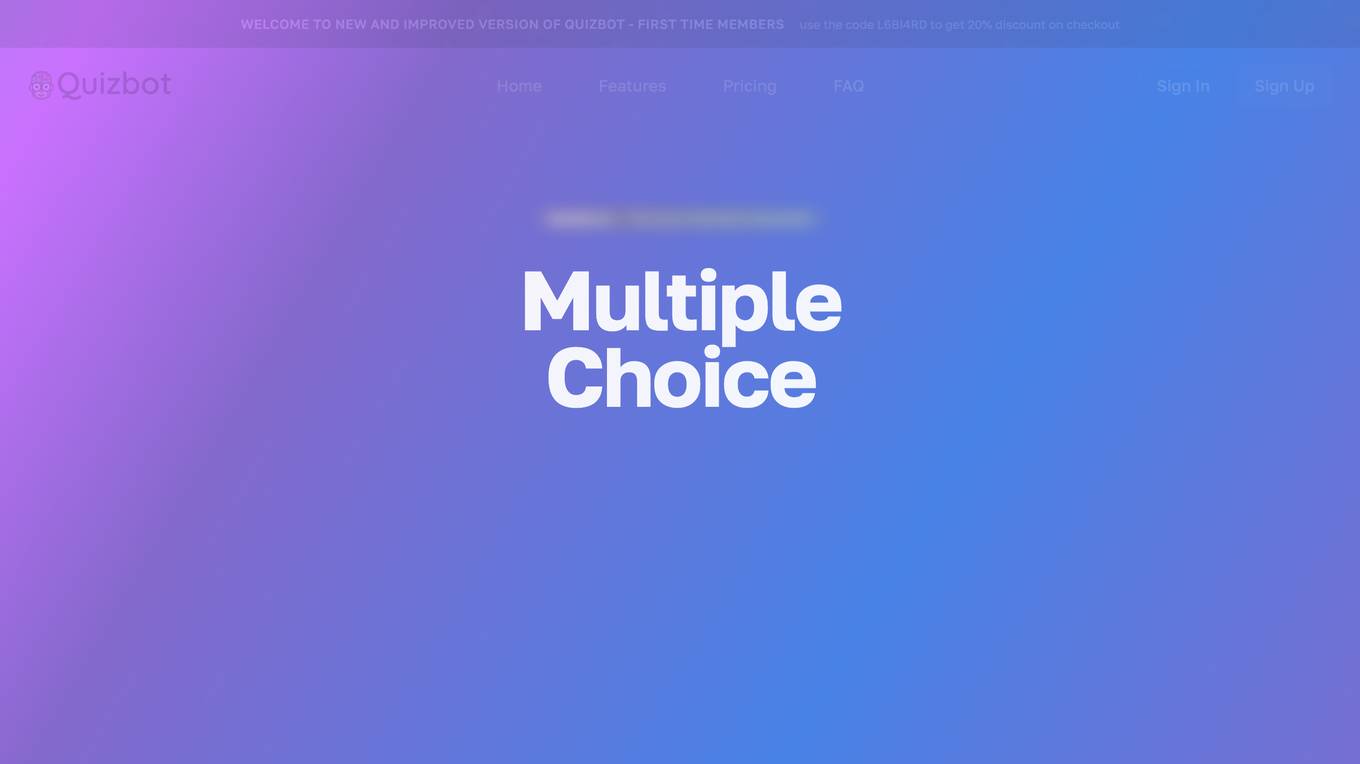
Quizbot
Quizbot.ai is an advanced AI question generator designed to revolutionize the process of question and exam development. It offers a cutting-edge artificial intelligence system that can generate various types of questions from different sources like PDFs, Word documents, videos, images, and more. Quizbot.ai is a versatile tool that caters to multiple languages and question types, providing a personalized and engaging learning experience for users across various industries. The platform ensures scalability, flexibility, and personalized assessments, along with detailed analytics and insights to track learner performance. Quizbot.ai is secure, user-friendly, and offers a range of subscription plans to suit different needs.
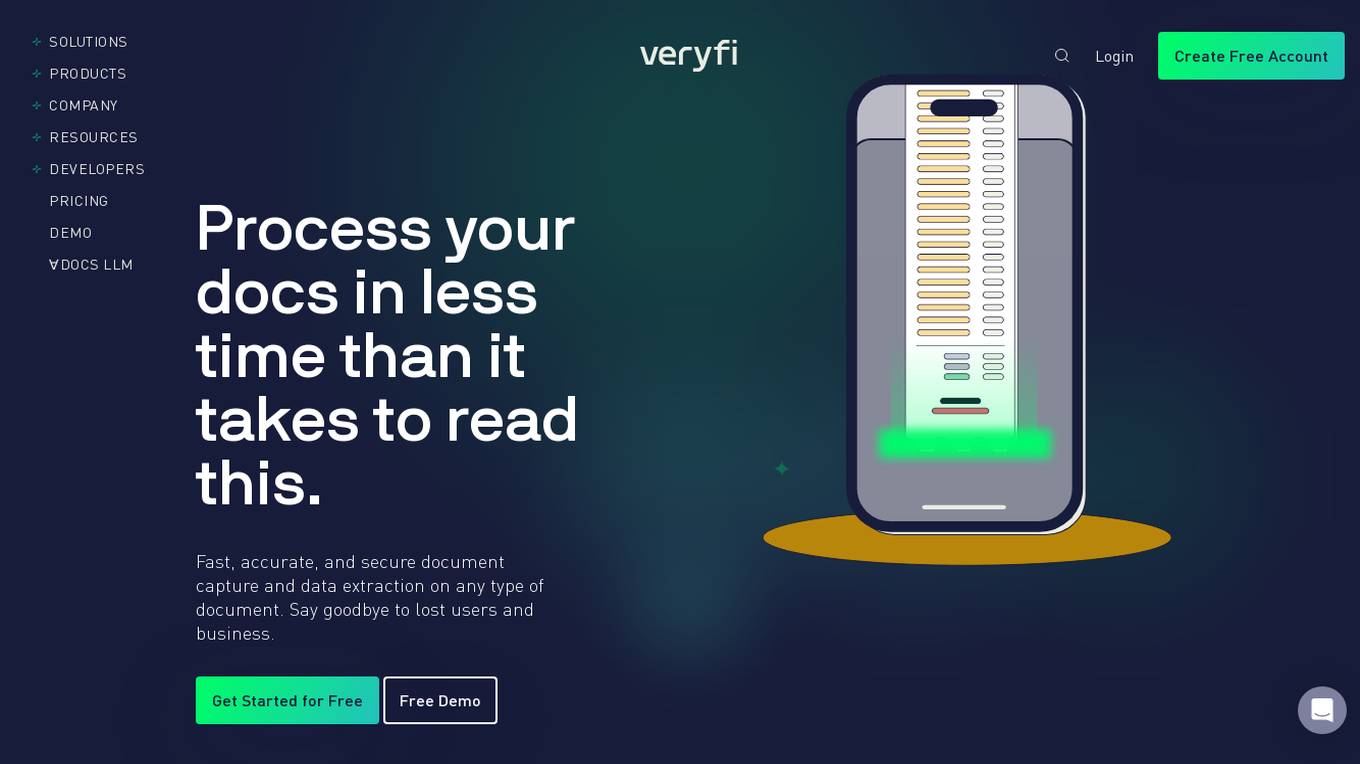
Veryfi
Veryfi is an OCR API tool for invoice and receipt data extraction. It offers fast, accurate, and secure document capture and data extraction on any type of document. Veryfi empowers users to process documents efficiently, automate manual data entry, and implement AI into various business processes. The tool is designed to streamline workflows, enhance accuracy, and unlock new levels of efficiency across industries such as finance, insurance, and more.
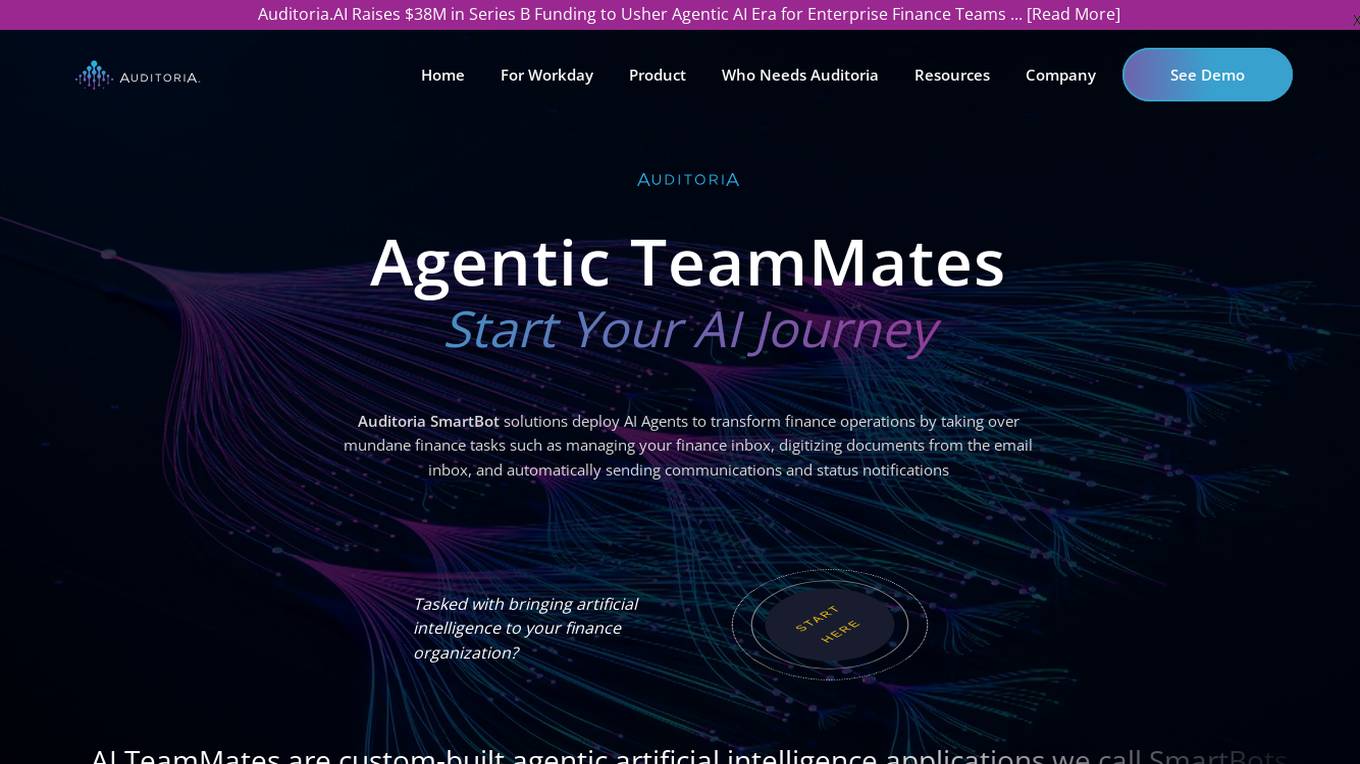
Auditoria.AI
Auditoria.AI is a leading provider of agentic AI solutions for Accounts Payable, Receivable, and Procurement processes. The platform offers SmartBots and RPA technology to automate mundane finance tasks, streamline workflows, and provide real-time insights for improved cash flow. Auditoria.AI's AI-driven applications integrate seamlessly into finance teams, transforming operations and enhancing efficiency and accuracy.
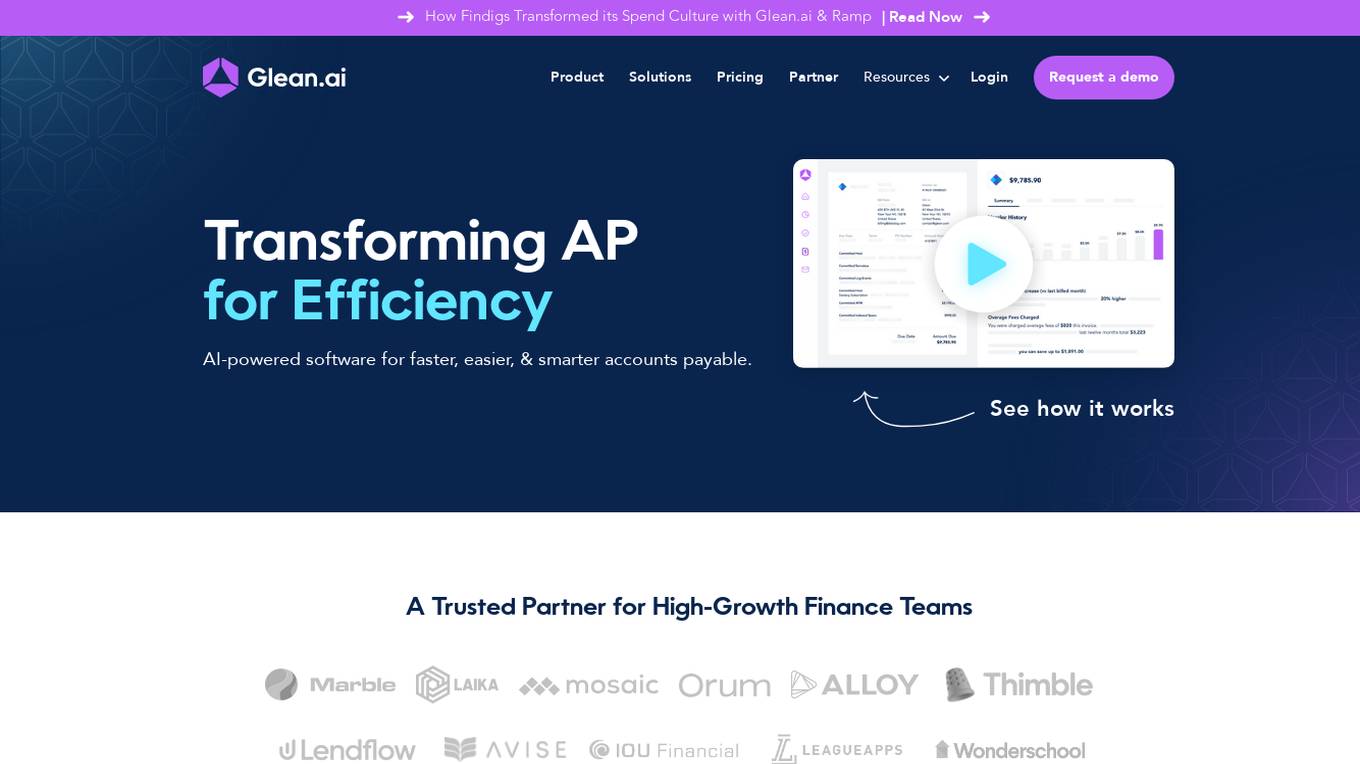
Glean.ai
Glean.ai is an AI-powered software designed to enhance accounts payable (AP) processes, making them faster, easier, and smarter. It offers a range of features to streamline AP tasks, including automated data extraction, GL coding, bill approvals and payments, accruals, prepaid amortizations, and more. Glean.ai also provides valuable insights into spending patterns, helping businesses identify areas of overspending and uncover opportunities for cost savings. With its user-friendly interface and robust data benchmarking capabilities, Glean.ai empowers accounting and FP&A teams to collaborate seamlessly, plan effectively, and make informed decisions regarding vendor spend.
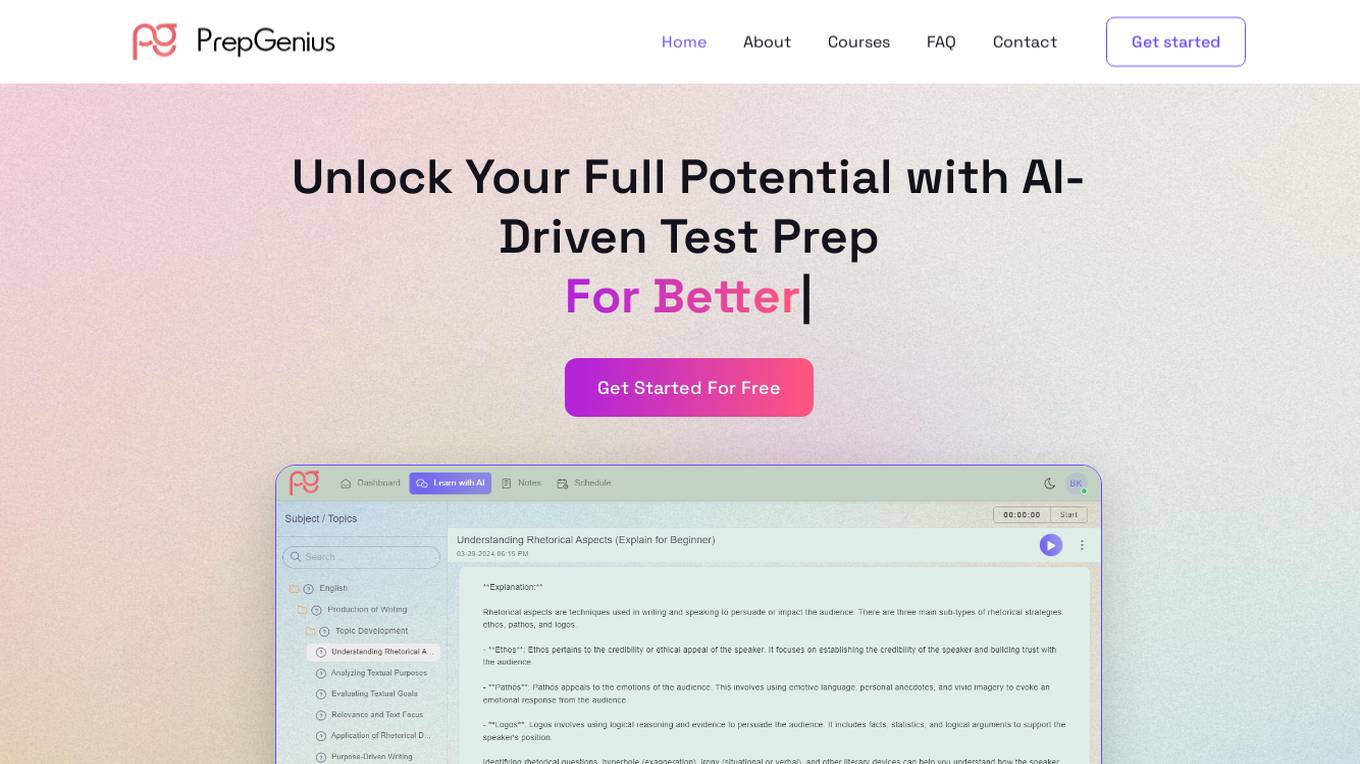
PrepGenius.ai
PrepGenius.ai is an AI-driven test preparation platform designed to revolutionize the way students prepare for AP courses, college admission tests, and more. The platform offers personalized study plans, real-time feedback, interactive learning tools, and comprehensive resources to help students understand their strengths and weaknesses. With PrepGenius.ai, students can study smarter, receive tailored feedback, and track their progress to improve their test scores effectively.
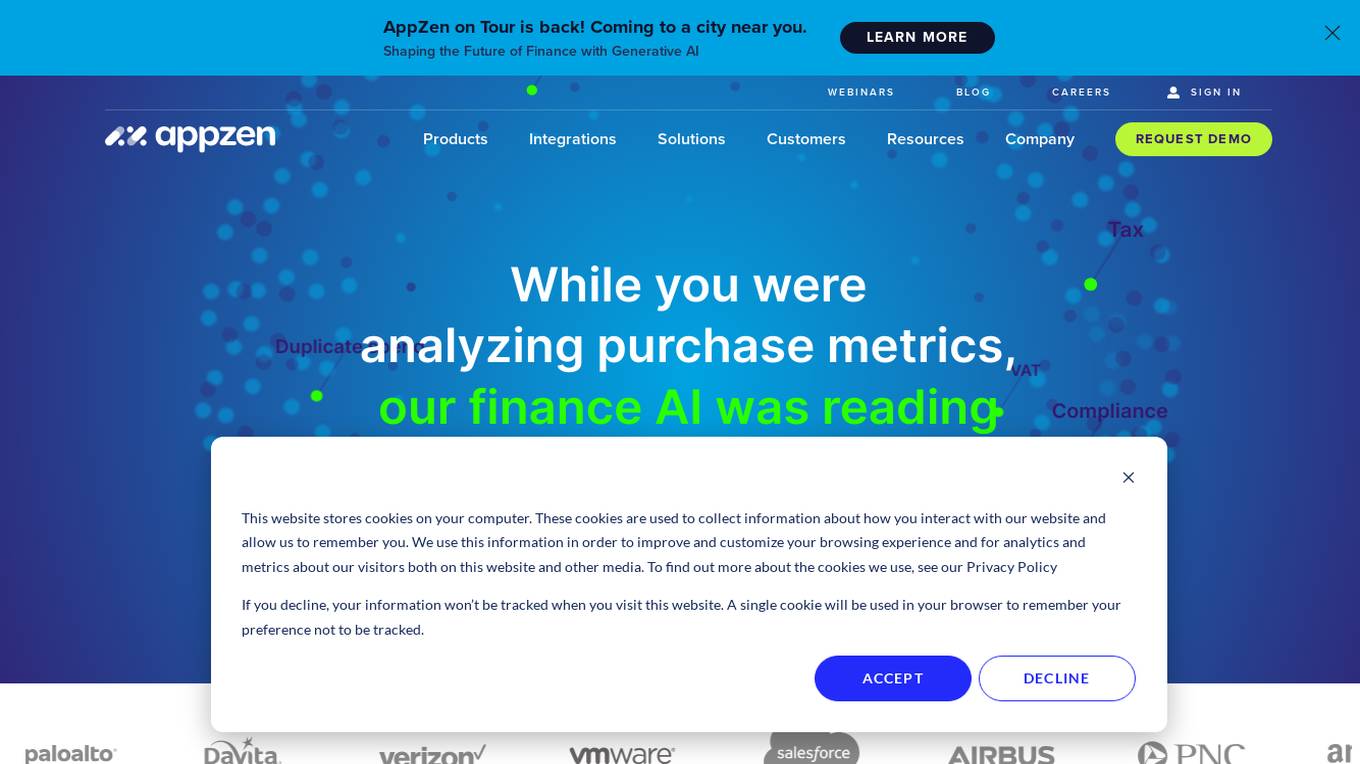
AppZen
AppZen is an AI-powered application designed for modern finance teams to streamline accounts payable processes, automate invoice and expense auditing, and improve compliance. It offers features such as Autonomous AP for invoice automation, Expense Audit for T&E spend management, and Card Audit for analyzing card spend. AppZen's AI learns and understands business practices, ensures compliance, and integrates with existing systems easily. The application helps prevent duplicate spend, fraud, and FCPA violations, making it a valuable tool for finance professionals.
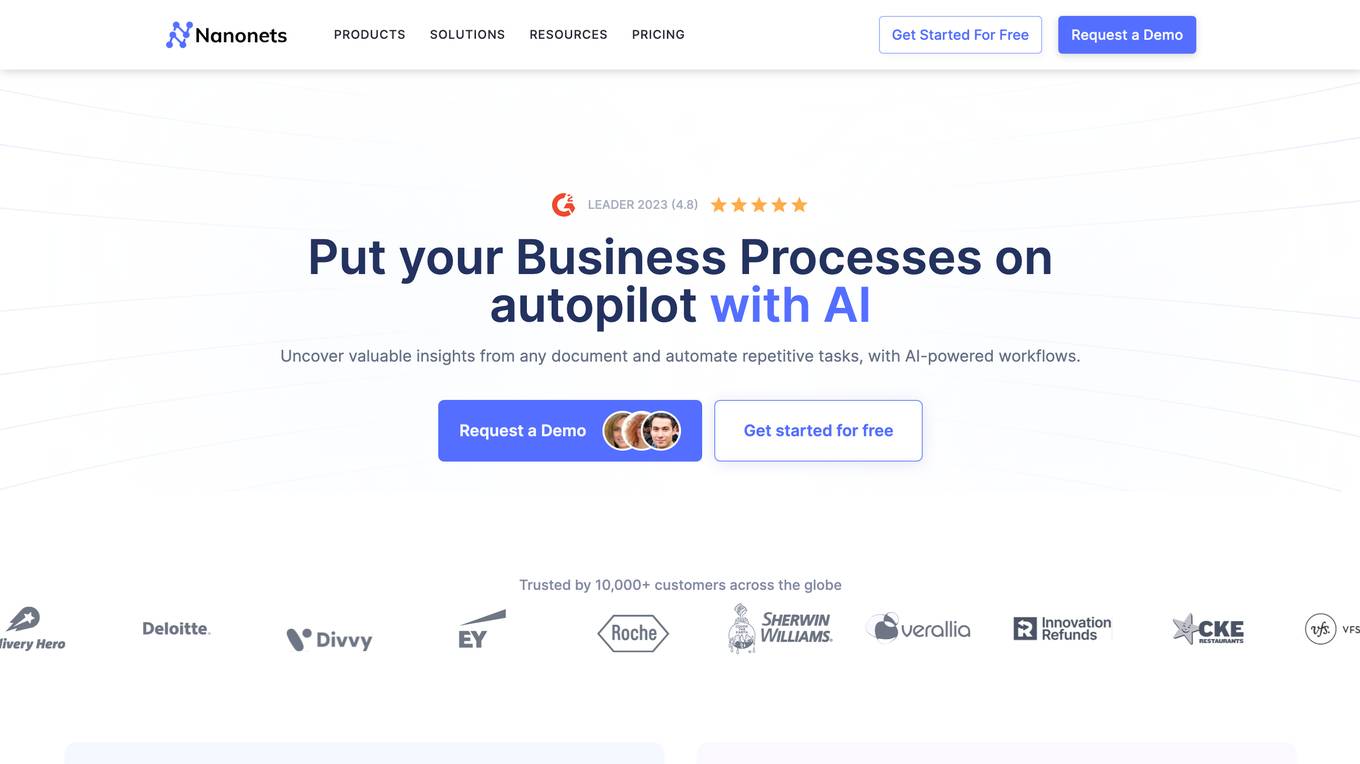
Nanonets
Nanonets is an AI-powered intelligent document processing and workflow automation platform that offers data capture for various documents like invoices, bills of lading, purchase orders, passports, ID cards, bank statements, and receipts. It provides document and email workflows, AP automation, financial reconciliation, and AI agents across different functions such as finance & accounting, supply chain & operations, human resources, customer support, and legal, catering to industries like banking & finance, insurance, healthcare, logistics, and commercial real estate. Nanonets helps automate complex business processes with AI, extract valuable information from unstructured data, and make faster, more informed decisions.
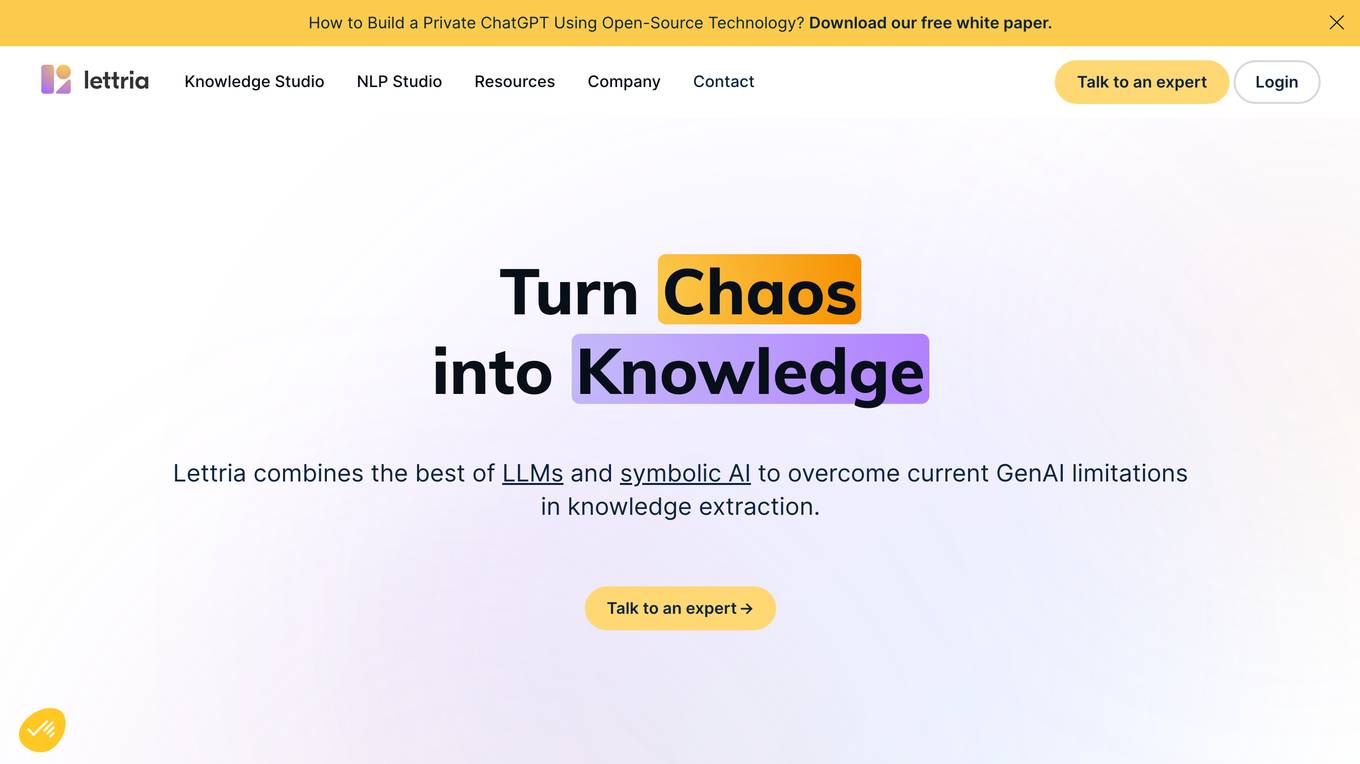
Lettria
Lettria is a no-code AI platform for text that helps users turn unstructured text data into structured knowledge. It combines the best of Large Language Models (LLMs) and symbolic AI to overcome current limitations in knowledge extraction. Lettria offers a suite of APIs for text cleaning, text mining, text classification, and prompt engineering. It also provides a Knowledge Studio for building knowledge graphs and private GPT models. Lettria is trusted by large organizations such as AP-HP and Leroy Merlin to improve their data analysis and decision-making processes.
0 - Open Source Tools
3 - OpenAI Gpts
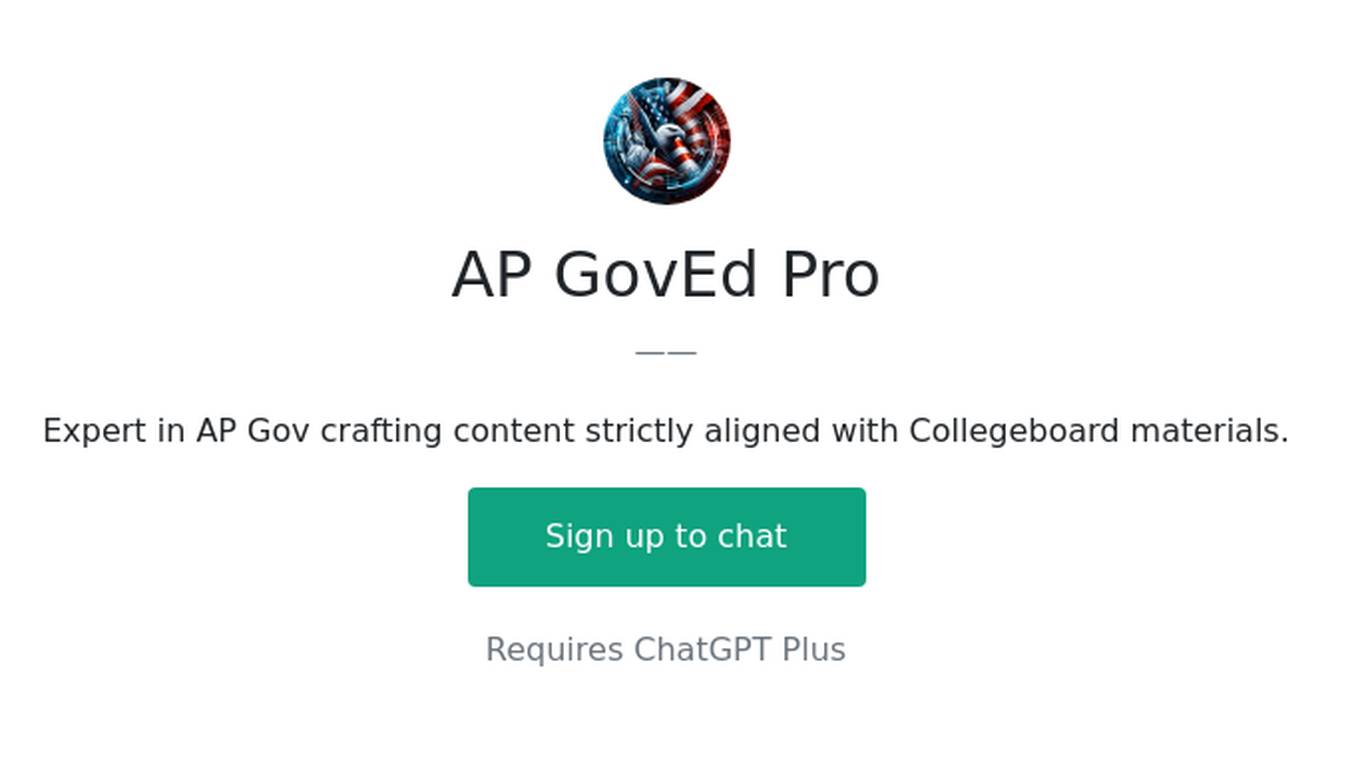
AP GovEd Pro
Expert in AP Gov crafting content strictly aligned with Collegeboard materials.
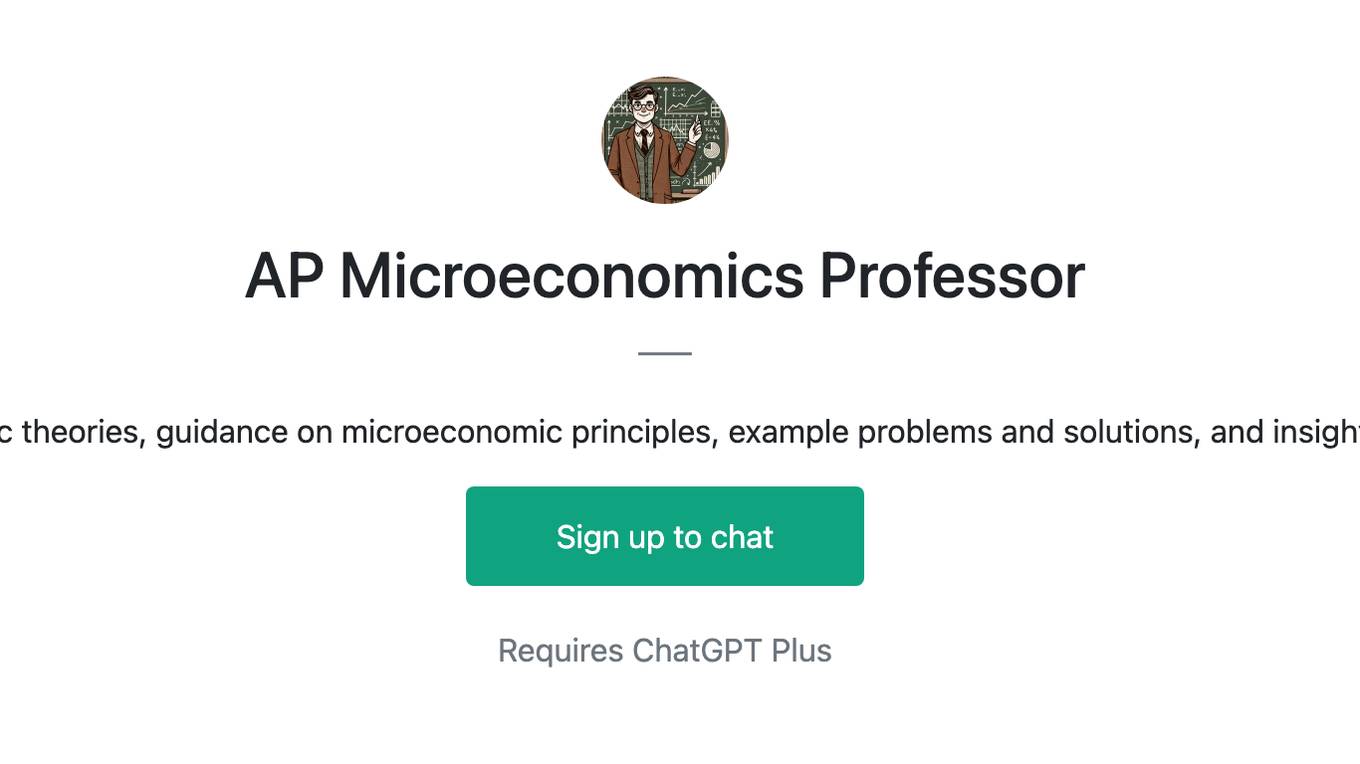
AP Microeconomics Professor
Offers detailed explanations of economic theories, guidance on microeconomic principles, example problems and solutions, and insights into real-world economic scenarios.
